
Imagine a world where electronic devices seamlessly control the flow of power, allowing for efficient and precise movements. A world where the manipulation of electrical currents is not only possible but also quite simple. Welcome to the fascinating realm of H-bridge technology, where power conversion and motor control converge.
In this comprehensive article, we will embark on a journey through the intricacies of the renowned H-Bridge microchip L298. Let us delve into the depths of its datasheet, examining its various sections and deciphering the wealth of information it holds.
Power. Control. Efficiency. These three key elements define the essence of the L298 H-bridge datasheet. As electronic enthusiasts, we are constantly seeking ways to optimize power utilization and achieve utmost precision in motor control applications. The L298 comes to the rescue, offering a versatile solution that promises optimal performance and reliability.
But what exactly is an H-bridge, you may ask? Picture it as a sophisticated electronic circuit that forms the backbone of many motor control systems. Whether it’s robotics, automated vehicles, or industrial machinery, the H-bridge enables bi-directional current flow to control the speed and direction of DC motors with exceptional precision.
Our exploration of the L298 datasheet will encompass a thorough examination of its pin configuration, electrical characteristics, and recommended usage scenarios. From understanding its functional diagram to unraveling intricate electrical specifications, this article will equip you with the necessary knowledge to harness the full potential of the L298 H-bridge microchip.
An Overview of H Bridges and their Functionality
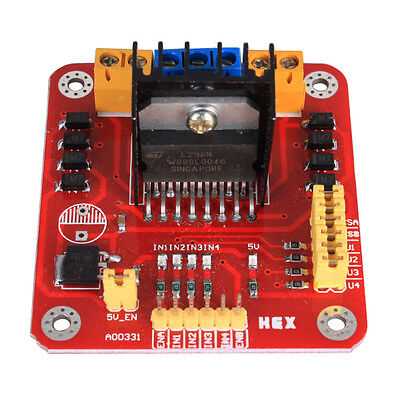
In the realm of electronic circuits, H bridges play a crucial role in enabling the control and direction of current flow. These versatile devices provide a means of driving motors, controlling the direction of motion, and even generating PWM signals. Understanding the functionality of H bridges is essential for any electronics enthusiast or professional, as it opens up a wide range of possibilities for various applications.
At its core, an H bridge is a circuit configuration that allows current to flow in either direction through a load, such as a motor. It consists of four semiconductor switches, typically transistors or MOSFETs, arranged in a specific pattern resembling the letter “H.” By selectively activating and deactivating these switches, the current can be controlled and redirected, enabling bidirectional current flow.
The primary function of an H bridge is to control the direction of current flow through a load. By activating the appropriate combination of switches, the current can be made to flow in one direction, causing the load to rotate or move in one direction. Reversing the switch configuration allows the current to flow in the opposite direction, resulting in the opposite rotation or motion of the load.
Another essential feature of H bridges is their ability to regulate the amount of current flowing through the load. Pulse Width Modulation (PWM) is commonly employed in H bridge circuits to achieve this control. By rapidly switching the switches on and off, the average current flowing through the load can be adjusted. This method of control is particularly useful in applications where precise speed or position control is required.
In summary, H bridges are versatile circuit configurations that allow for controlling the direction and magnitude of current flow through a load. By intelligently activating and deactivating the switches in an H bridge, motors can be driven, direction of motion can be controlled, and PWM signals can be generated. This fundamental understanding of H bridge functionality is crucial for mastering motor control and opens up a world of possibilities in the field of electronics.
Exploring the Key Features of the L298 Datasheet
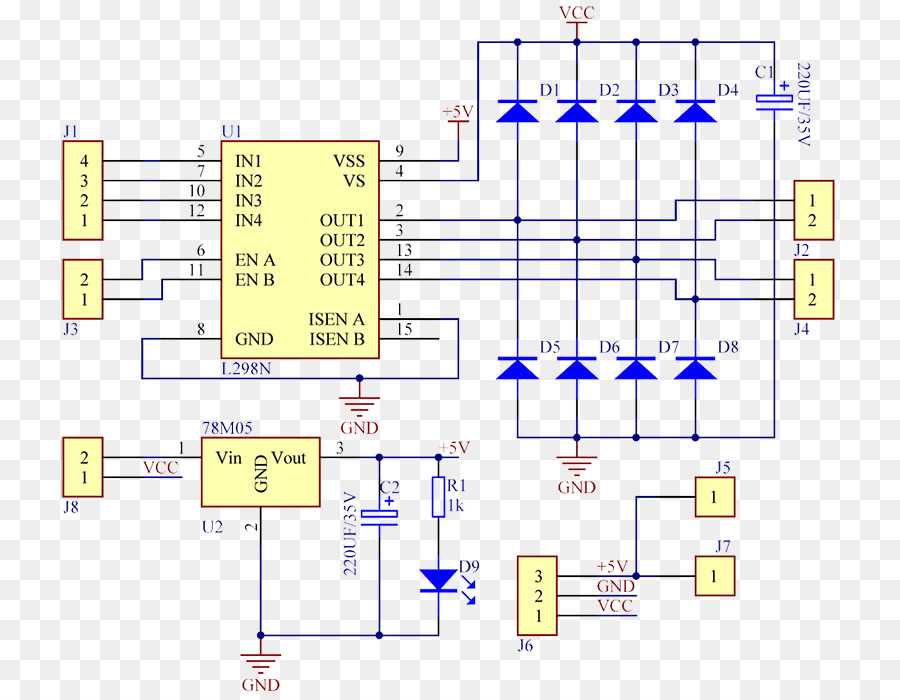
In this section, we will delve into the important characteristics and functionalities offered by the L298 integrated circuit. Understanding the core features and capabilities of this versatile component is crucial for designing and implementing various electrical and electronic projects.
High-Performance Motor Driver
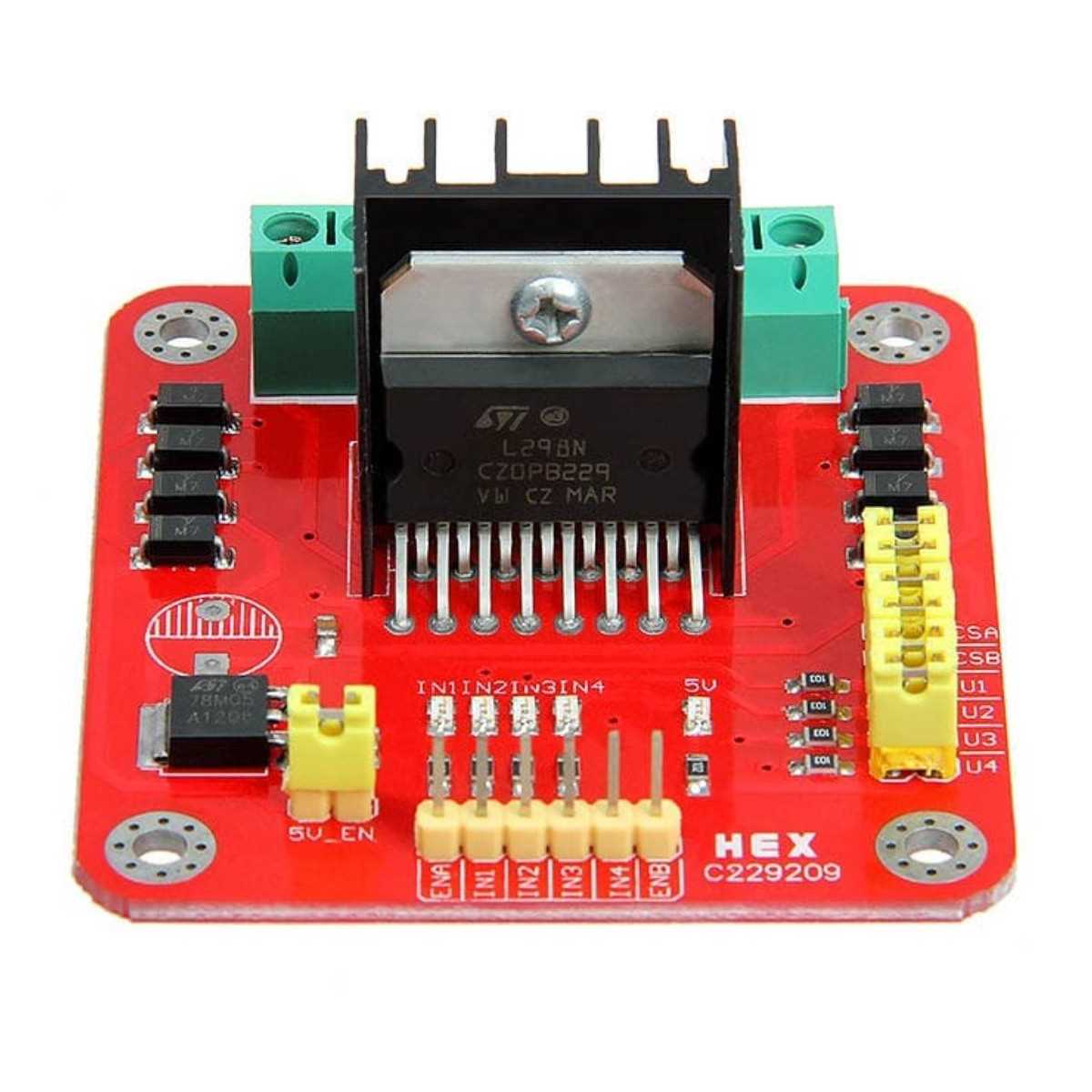
One notable feature of the L298 is its ability to serve as a high-performance motor driver. This integrated circuit provides robust and efficient control for driving DC motors and stepper motors, enabling precise motion control and speed regulation. By utilizing advanced motor control techniques, the L298 ensures smooth and accurate motor movements, making it suitable for a wide range of applications including robotics, industrial automation, and automotive systems.
Dual Full-Bridge Architecture
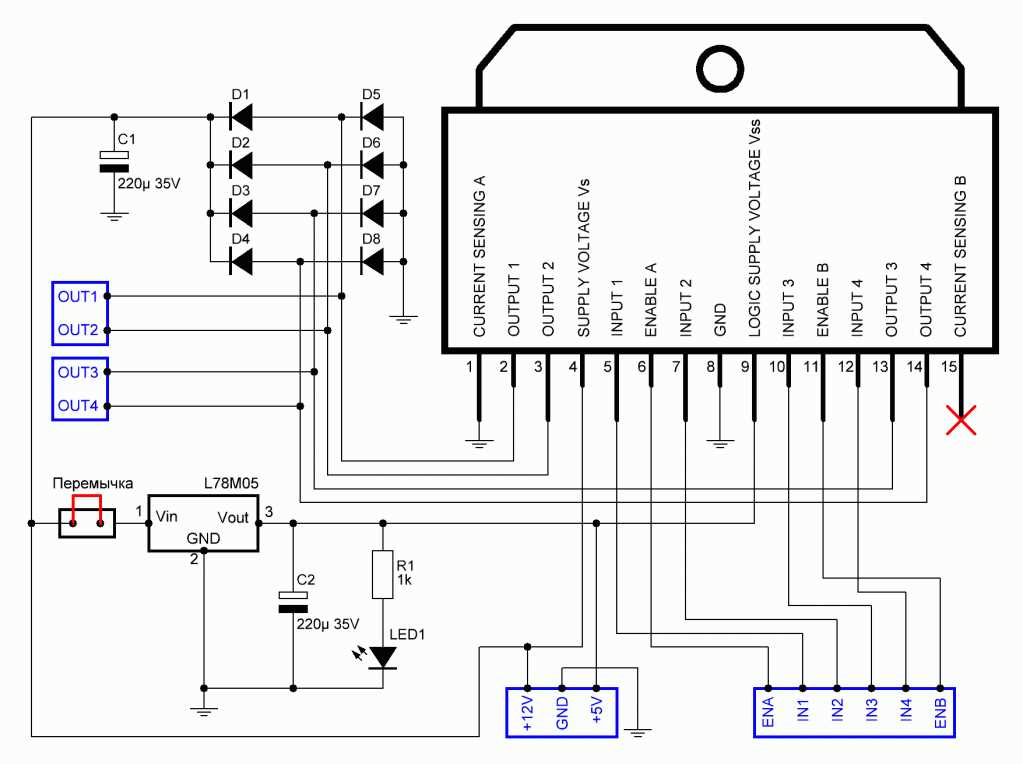
The L298 boasts a dual full-bridge architecture, enabling it to control two independent loads simultaneously. With each bridge capable of delivering up to 2 amperes of continuous current, this IC offers sufficient power handling capabilities for driving various types of loads, such as motors, solenoids, and relays. Furthermore, the built-in diodes provide protection against voltage spikes generated by inductive loads, ensuring the reliability and longevity of the connected components.
- Efficient Power Management
- The L298 incorporates efficient power management features to optimize energy consumption and minimize heat dissipation. Its low quiescent current and low standby current modes help to conserve power when the motor is not actively running. Additionally, the integrated thermal shutdown mechanism safeguards the IC from temperature-related damage by automatically disabling the output drivers in case of excessive heating.
- Wide Operating Voltage Range
- With a wide operating voltage range of 4.5V to 46V, the L298 offers flexibility in various electrical setups and environments. Whether it is a low-voltage battery-powered system or a high-voltage industrial application, this integrated circuit can accommodate different power supply configurations, making it adaptable and suitable for a multitude of projects.
- Logic-Level Inputs
- The L298 features logic-level inputs, allowing easy integration and control within digital circuits. By utilizing these inputs, the IC can seamlessly interface with microcontrollers, programmable logic controllers (PLCs), or other digital control systems, facilitating the implementation of complex automation and control requirements.
Overall, the L298 datasheet provides extensive details and specifications about the key features and capabilities of this integrated circuit. By carefully analyzing and understanding these features, engineers and designers can harness the full potential of the L298 and incorporate it effectively into their projects, enabling efficient motor control and reliable operation.
Applications and Benefits of using the L298 H Bridge
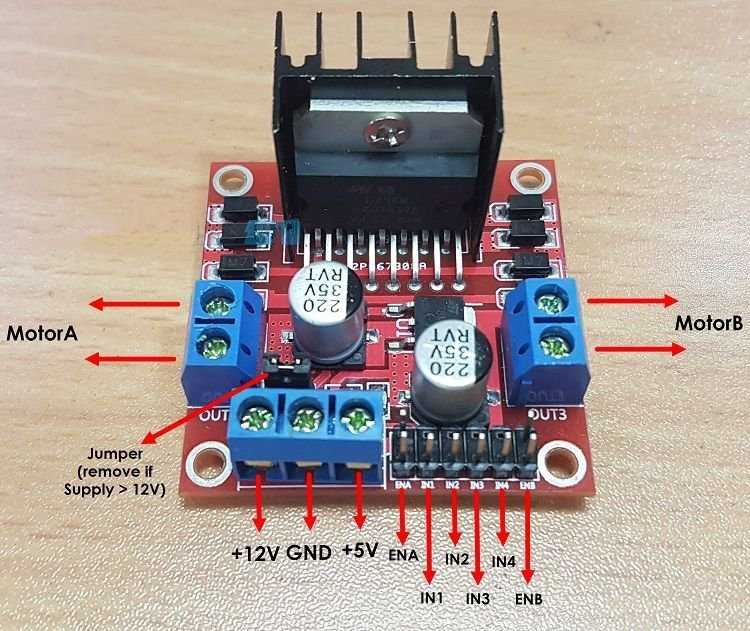
The L298 H Bridge is a versatile and highly efficient motor driver that can be used in various applications. Its unique design allows for easy control of bidirectional DC motors, making it ideal for projects such as robotics, automation systems, and electric vehicles.
Robotics
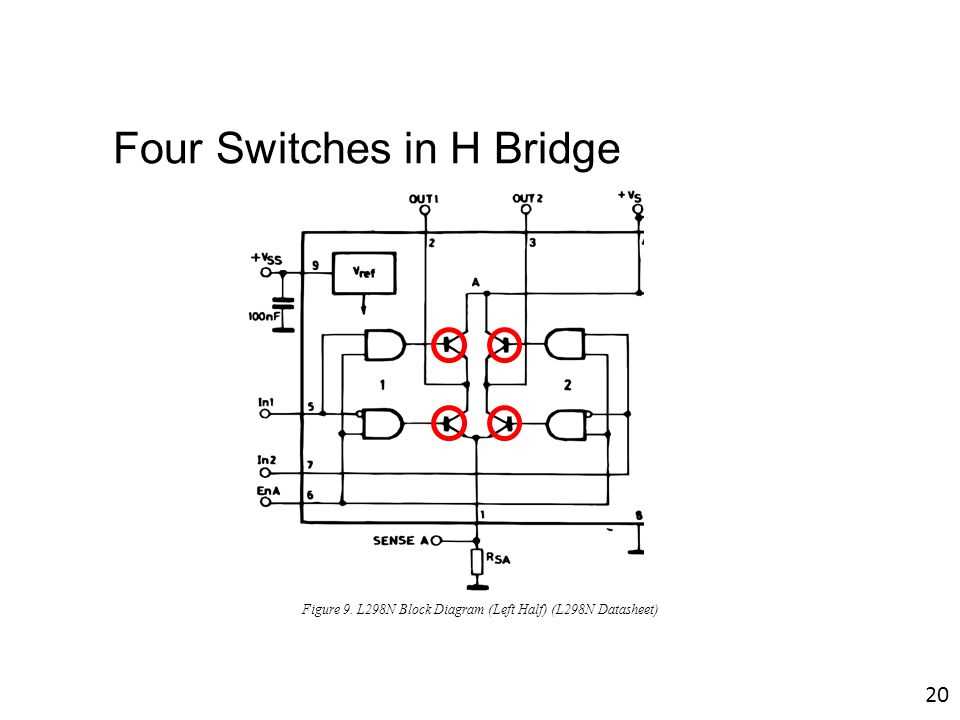
One of the primary applications of the L298 H Bridge is in robotics. It provides a reliable and efficient solution for controlling the movement of robot arms, wheels, and other motorized components. With its bidirectional control capability, the L298 allows for precise and smooth control of robot movements, enabling complex tasks to be performed with ease.
Automation Systems
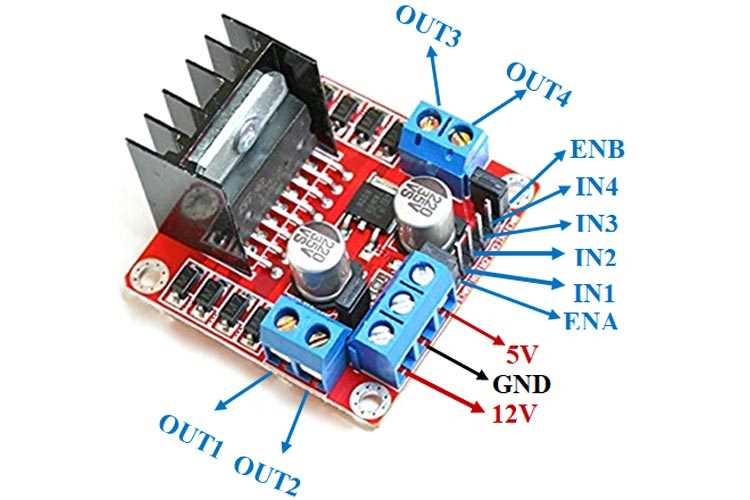
The L298 H Bridge finds extensive use in automation systems, where it is employed to control various mechanisms and processes. It can drive conveyor belts, control solenoids, and actuate valves, among other applications. The flexibility and reliability of the L298 make it an excellent choice for implementing control systems in industrial automation, home automation, and other similar applications.
Electric Vehicles
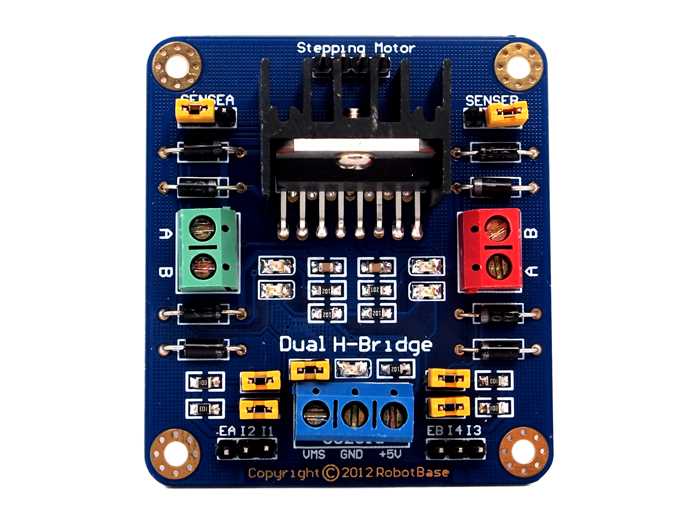
The L298 H Bridge is also widely utilized in electric vehicles. It can efficiently control the speed and direction of electric motors used in vehicles such as electric bikes, scooters, and small electric cars. The L298’s ability to handle high currents and voltages makes it suitable for these demanding applications, ensuring optimal performance and safety.
In addition to its various applications, using the L298 H Bridge offers several benefits. Firstly, its compact size allows for easy integration into space-constrained projects. Secondly, it provides efficient power conversion and low power dissipation, resulting in energy savings and increased battery life in battery-operated systems.
Furthermore, the L298 features built-in protection mechanisms to safeguard against overvoltage, overcurrent, and over-temperature conditions, ensuring the longevity of the motor driver and the connected components. Its simple and intuitive control interface simplifies the integration process and enables quick deployment in projects.
Overall, the L298 H Bridge is a versatile and reliable motor driver that finds widespread use in robotics, automation systems, and electric vehicles. Its diverse applications and numerous benefits make it a favored choice among engineers and enthusiasts looking for a high-performance motor control solution.